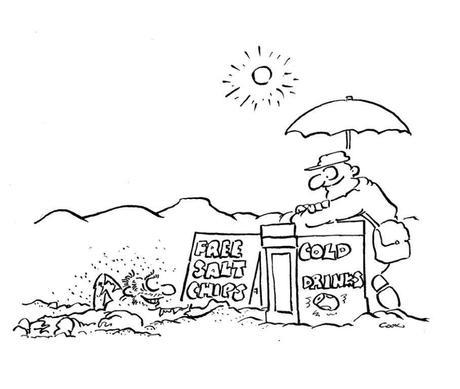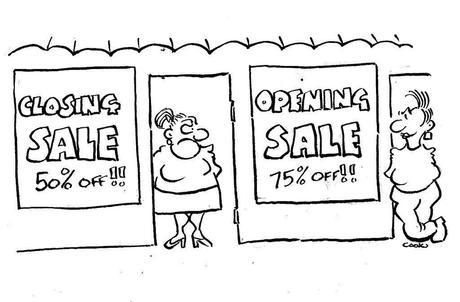
 How fast can you grow?
How fast can you grow?
Posting impressive growth in a new startup shouldn’t be that hard. If you’ve got any traction at all, you’ll be building on low base figures.
You see it in those lists of “this year’s fastest growing companies”. In percentage terms the growth is spectacular, be it revenues, customer numbers, or some other metric. After all, if you started with one customer and now you have three, that’s a 200% increase.
That’s not to say that rapid growth is not a good thing, it’s just that it’s almost a given in the early stages of business life.
It’s also not a great indicator of sustainability.

What’s critical mass?
One simple benchmark would be self-sustaining. For example, being able to easily servicing debt – not just now but in the future, when interest rates might double.
Or, being able to generate enough cash flow to properly service customers. A sustainable business needs to fund market and product developments that maintain competitive position and build market share without asking shareholders – including you, if you’re the only one – to stump up more money.

Twenty percent doesn’t look big compared with early stage growth but it does have some very appealing characteristics. It’s massively faster than the rate of inflation in just about any country. For most companies, it’s likely to be well above the average weighted cost of the capital that would be used to generate that growth. It also means you’ll double the size of your business in under four years, which is no mean target. Lastly, and perhaps most importantly, it’s probably still a stretch but not an unreasonable one.
Being reasonable

You are better off building on past successes. What was your best month in the last year? Make beating that the target. At least everyone knows it can be done. What could get revenues up to that level every month, or even higher? Maybe even 20% higher.
Unrealistic goals, or wrong ones, impact across the board, from individual incentives to corporate strategy. Research increasingly shows that motivation comes more from engagement than from highly specific targets and monetary rewards. Both can crowd out creative solutions and put so much focus on a particular outcome that other more promising strategies get no airtime at all.
Be reasonable. The best way to climb a mountain is one step at a time.

